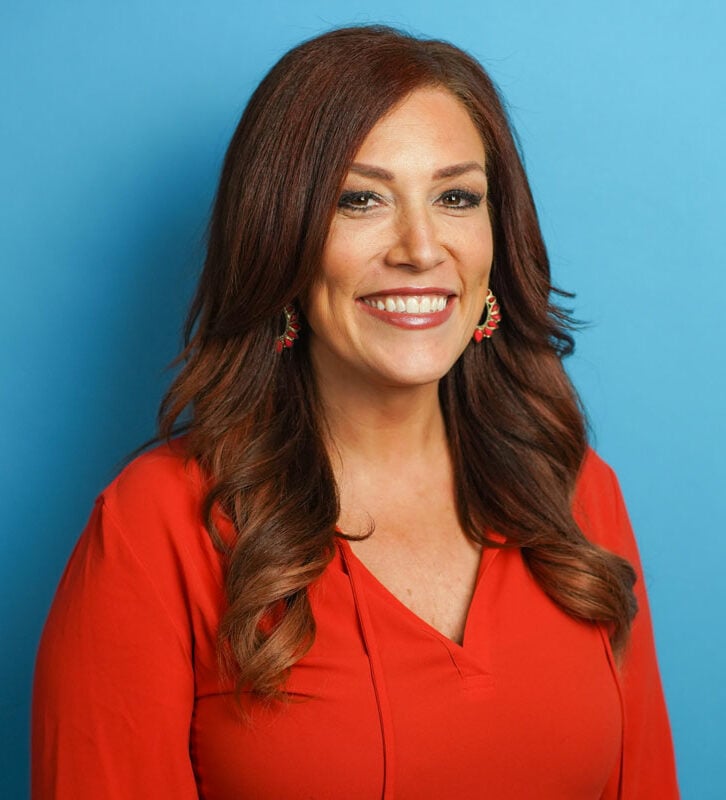Whole-child wellness has become the gold standard in understanding and supporting children’s growth and development. This comprehensive approach, which considers a child’s physical, emotional, social and cognitive needs, is no longer confined to education and development sectors—it’s influencing how organizations and brands communicate and connect with families. By embracing whole-child wellness, organizations can better support today’s parents, aligning with their priorities to create meaningful, lasting connections.
Why today’s parents demand a whole-child perspective
Parents today face an overwhelming amount of advice, apps and products—each claiming to be essential for their child’s development. But they’ve learned through experience what science confirms: Their child isn’t just a brain to be filled with facts, or a body to be trained. Their child is a complex, interconnected being.
The research backs up what parents observe daily: Neuroscience & Behavioral Reviews shows that 80% of brain structure forms by age three, with early caregiver interactions and emotional well-being directly impacting learning and memory.1 Physical activity matters too—studies show active kids perform 15% better in problem-solving and memory tasks than their sedentary peers.2
Parents aren’t looking for another single-focus solution. They’re seeking trusted partners who understand that their child’s physical, emotional, social and cognitive growth are deeply intertwined. They want practical, evidence-based guidance that helps them cut through the noise to support their child’s complete development.
An integrated content strategy for whole-child wellness
Successful parent-focused marketers are adopting multifaceted content approaches that address the whole child and build meaningful parent relationships.
Here’s how they create effective content:
- Educational authority with empathy: Combine scientific evidence with real-world understanding, positioning your brand as both expert and supportive friend.
- Cross-developmental impact: Show how different aspects of child development connect, demonstrating the ripple effects of activities like sports on academic performance.
- Age-appropriate resources: Provide content that evolves with families, recognizing that both parent and child needs change over time.
- Expert collaboration: Partner with pediatricians, educators and child development specialists to create credible, actionable guidance.
- Authentic storytelling: Share real family experiences and user-generated content that brings concepts to life and builds community.
- Strategic content formats: Deliver information through formats parents prefer—short videos, interactive tools, podcasts and visual guides that fit busy schedules.
This approach shows parents you understand both the science of child development and the daily reality of family life, establishing your organization as a trusted partner in their journey.
Start strong with content strategy basics
When adapting your content strategy to emphasize whole-child wellness, keep these fundamentals in mind:
1. Audit current content
- Assess messaging with whole-child wellness in mind
- Identify gaps where content is missing connections between different areas of child development
- Map content to parent journey touchpoints
- Evaluate accessibility and inclusivity
2. Develop trust-building elements
- Include citations and references for scientific claims
- Feature credentials of contributing experts
- Share transparent results and outcomes
3. Create measurement systems
- Track engagement across content types
- Monitor conversion paths
- Gather parent feedback
- Use insights for continuous improvement
Leading with whole-child content for lasting connections
Transforming your approach to child wellness can redefine how your organization connects with families. Parents today seek partners who understand the complexities of raising children and can offer support across every aspect of their lives. By adopting an integrated, whole-child perspective in your content and communication strategies, your brand can foster deeper trust, stand out in a crowded market and position itself as a true ally in family wellness.
Success hinges on more than just acknowledging the need for a holistic approach—it’s about executing it with precision and purpose. Parents are looking for practical, accessible solutions from organizations that see the full picture and meet them where they are. The challenge isn’t deciding whether to embrace this mindset—it’s determining how to align it with your unique mission and audience needs.
Brands that master this balance will not only lead the movement toward whole-child wellness but also build enduring relationships with families while shaping better outcomes for the next generation.
Sources:
1 Lenroot, R.K. & Giedd, J.N. (2006). Brain development in children and adolescents: insights from anatomical magnetic resonance imaging. Neuroscience & Biobehavioral Reviews, 30(6), 718-729. https://pubmed.ncbi.nlm.nih.gov/16887188/
2 Committee on Physical Activity and Physical Education in the School Environment; Food and Nutrition Board; Institute of Medicine; Kohl HW III, Cook HD, editors. Educating the Student Body: Taking Physical Activity and Physical Education to School. Washington (DC): National Academies Press (US); 2013 Oct 30. 4, Physical Activity, Fitness, and Physical Education: Effects on Academic Performance. https://www.ncbi.nlm.nih.gov/books/NBK201501/





